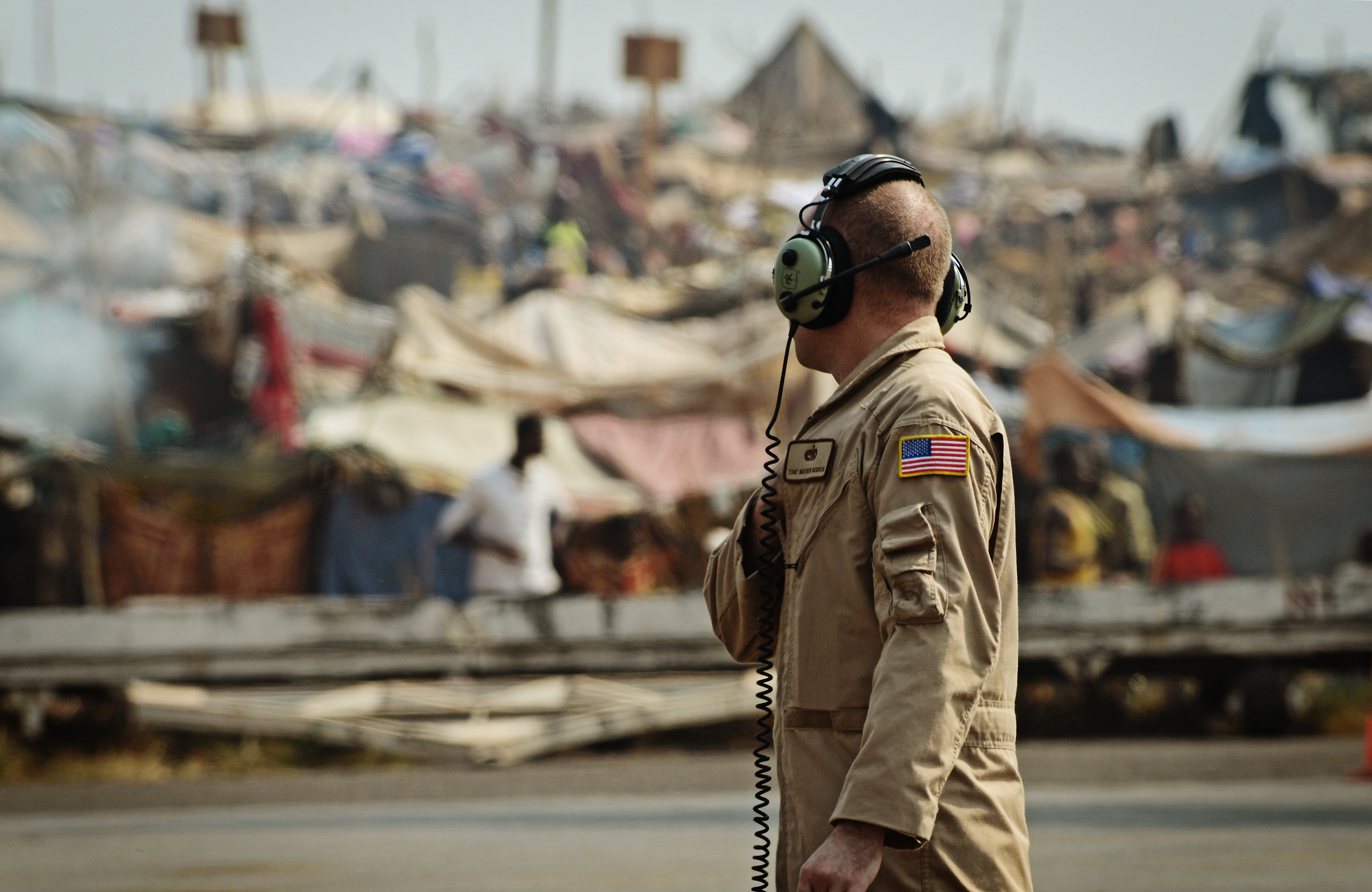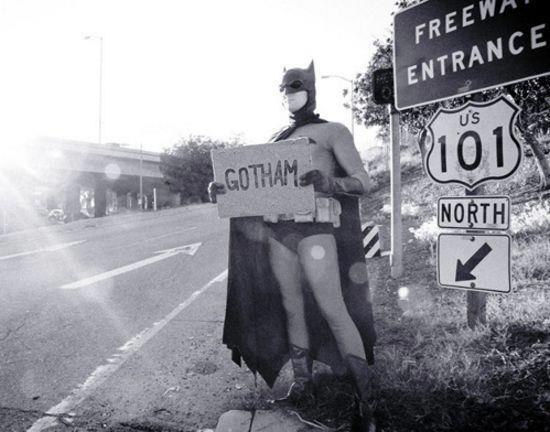17 Must-See Rocky Mountain Stadiums: Experiencing Game Day at Altitude
Imagine the roar of the crowd not just filling a stadium, but echoing off colossal mountain peaks, the crisp alpine air electrifying every moment. This is game day in the American Rockies – an experience unlike any other, where sports arenas become breathtaking stages for human endeavor against nature's most majestic backdrop. These aren't just structures; they are ingenious feats of architecture deeply intertwined with the wild spirit of the land, offering panoramic vistas that compete with the on-field action and high-altitude conditions that forge legends. From hallowed college grounds where traditions run as deep as the valleys, to mighty professional fortresses that command the landscape, each tells a unique story of community, innovation, and the timeless allure of the mountains. Join us as we explore 17 stunning stadiums in the Rockies, each a remarkable testament to where human passion meets sublime wilderness.
1. Empower Field at Mile High – Denver, Colorado
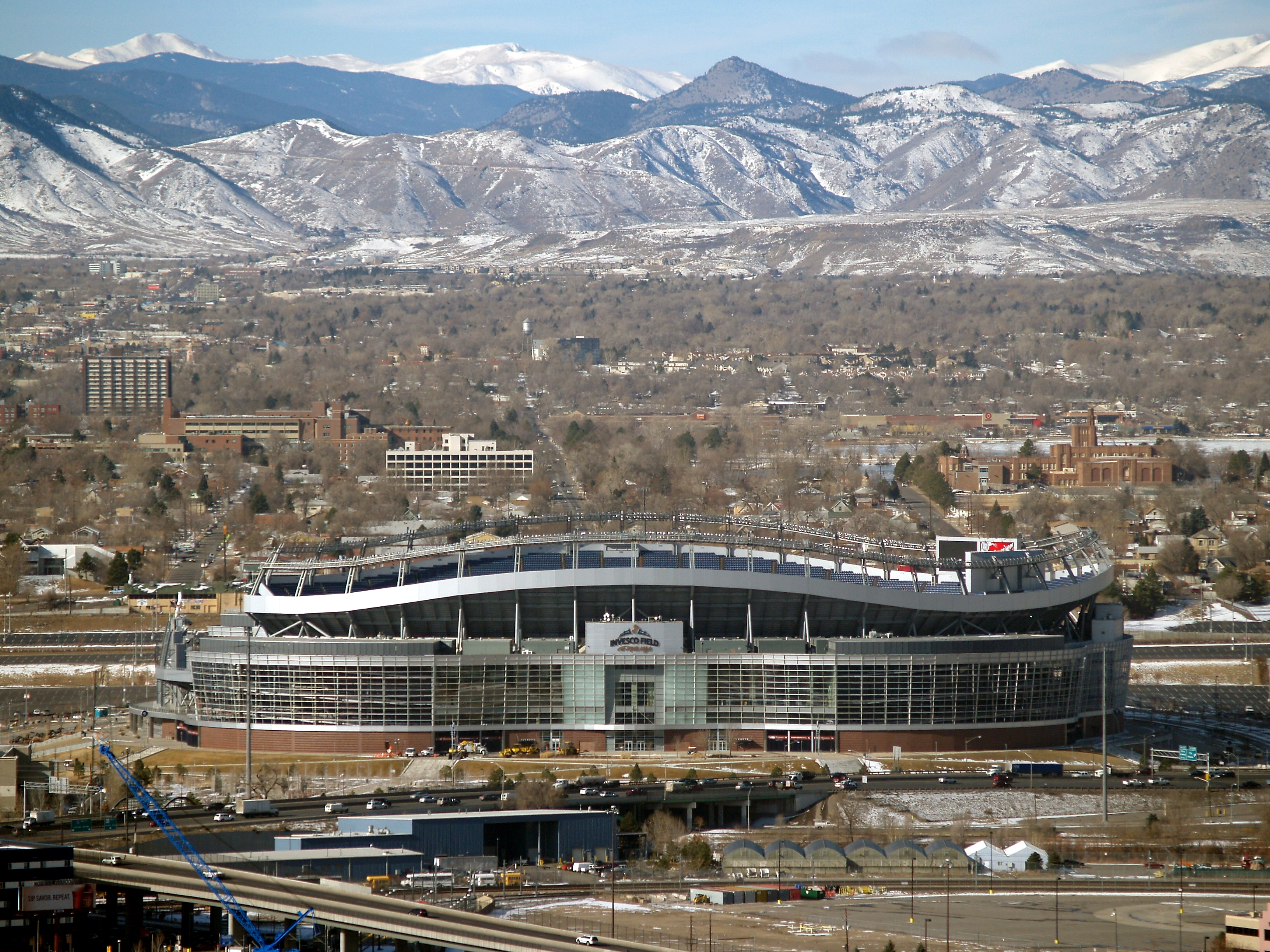
Empower Field at Mile High looms large in downtown Denver, capturing the energy of a bustling metropolis against the majestic backdrop of the Front Range. Opened in 2001 as a replacement for the storied Mile High Stadium, it seats over 76,000 fans who gather to cheer on the Denver Broncos and host countless other events, including concerts and soccer matches. Perhaps its most defining characteristic is its altitude: perched over 5,000 feet above sea level, the thin air adds an extra challenge for opposing teams, affecting everything from pass trajectories to player endurance. This high elevation also delivers panoramic views of Denver’s skyline and the Rocky Mountains, reminding visitors of Colorado’s unique terrain. Empower Field blends modern amenities—like expansive concourses and cutting-edge video screens—with nods to Broncos history, seen in the Ring of Fame encircling the stands. Whether under a brilliant sunset or a swirling snowstorm, this stadium embodies the Mile High spirit of resilience and elevation.
2. Folsom Field – Boulder, Colorado

Folsom Field, perched in the picturesque foothills of Boulder, is the University of Colorado’s football haven. Since its opening in 1924, it has expanded to seat over 50,000 fans—an intimate yet intense environment for Pac-12 clashes. What truly sets Folsom Field apart is the stunning view of the Flatirons: these iconic, sharply slanted rock formations loom just beyond the stadium’s open bowl, turning every game into a scenic experience. Fans arrive draped in black and gold, ready for the thrilling entrance of Ralphie, CU’s live buffalo mascot, who charges across the turf before kickoff. Over time, renovations introduced updated seating, enhanced concession areas, and a high-definition video board, yet Boulder’s natural charm remains at the forefront. The altitude of around 5,400 feet challenges visiting teams and adds another layer of excitement. Folsom Field stands as a confluence of collegiate pride, mountainous beauty, and high-energy football for the devoted Buffs faithful.
3. LaVell Edwards Stadium – Provo, Utah
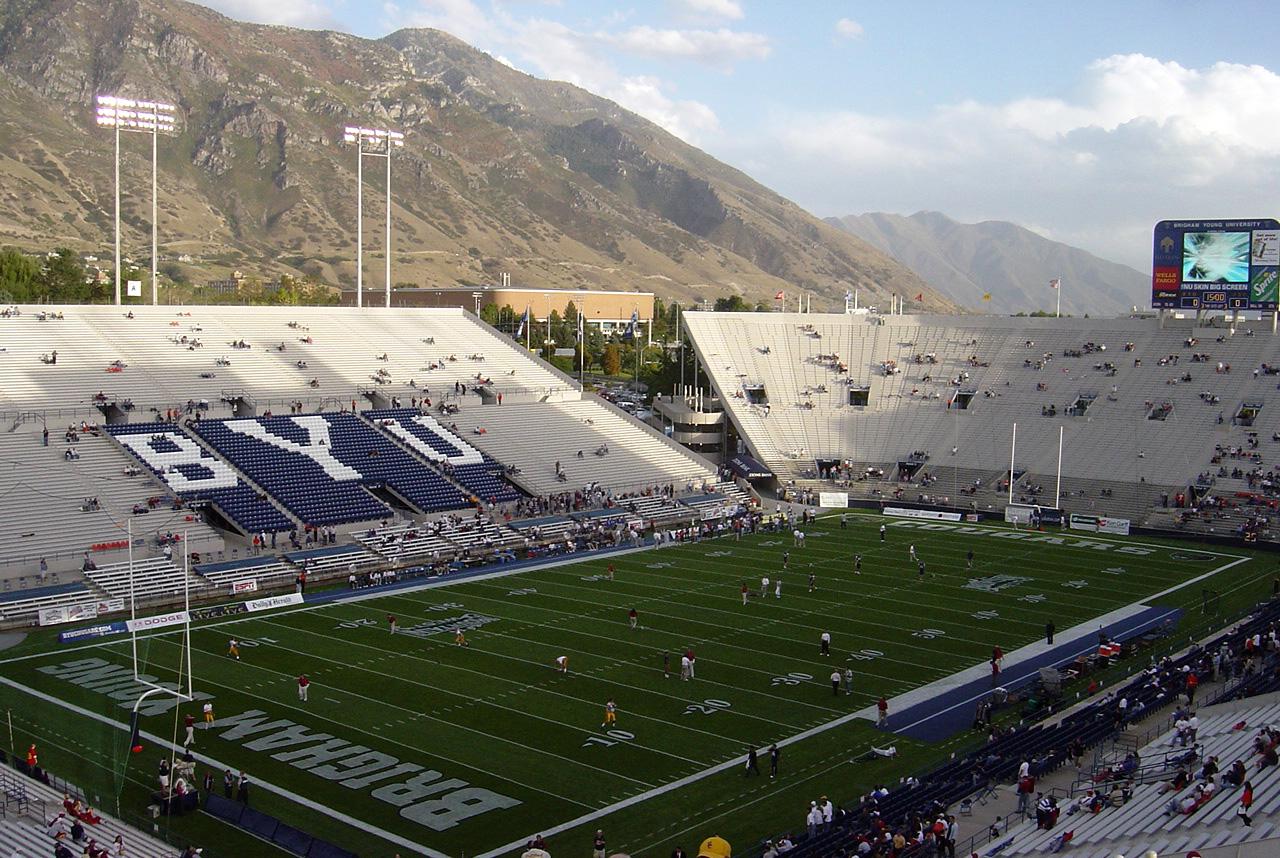
LaVell Edwards Stadium, home to Brigham Young University’s Cougars, offers a breathtaking vantage point of Utah’s Wasatch Range. Completed in 1964 and expanded over the years to seat more than 63,000 fans, it carries the name of legendary head coach LaVell Edwards, who revolutionized the team’s passing offense. The open-bowl design ensures visitors can glimpse rugged peaks in every direction, a feature that adds a dramatic flair to each home game. Crisp mountain air often greets fans, heightening the buzz as they file into the stands. Over time, the stadium has integrated modern elements like renovated seating, advanced video displays, and fan-friendly concourses. Yet it retains a wholesome, community-focused feel, emblematic of the university’s values. Whether cheering a last-second touchdown or enjoying the band’s halftime show, attendees experience more than a simple sporting event—they partake in a uniquely alpine spectacle that merges faith, tradition, and athletic excellence under a mountainous canopy.
4. Rice-Eccles Stadium – Salt Lake City, Utah
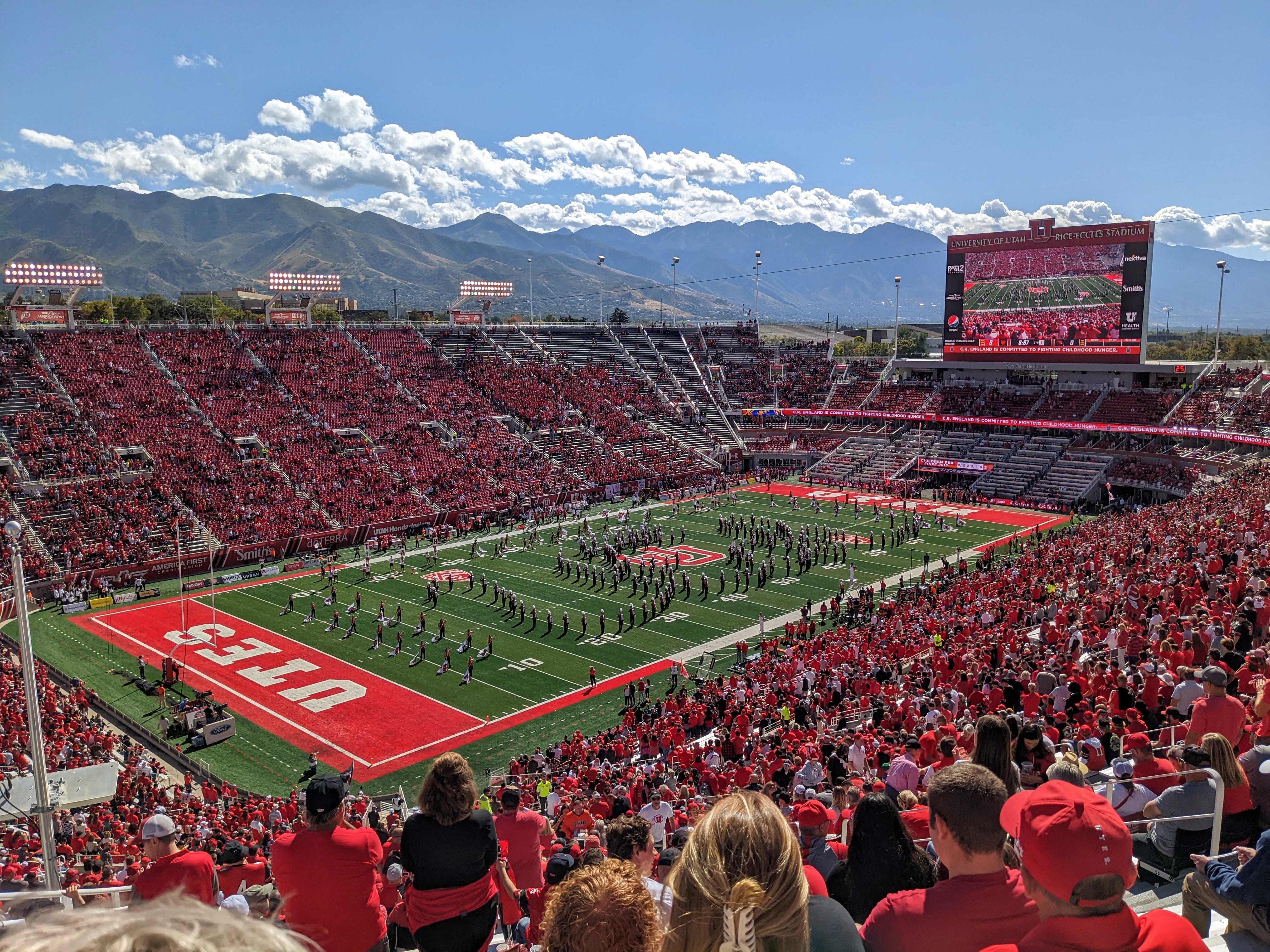
Rice-Eccles Stadium, perched at the University of Utah in Salt Lake City, combines modern design with the dramatic silhouette of the Wasatch Mountains. Opened in 1998 on the footprint of the old “Rice Stadium,” it now hosts nearly 52,000 spectators, predominantly donning crimson and cheering for the Utah Utes. The stadium rose to world-stage prominence during the 2002 Winter Olympics, when it hosted the opening and closing ceremonies. Today, Rice-Eccles boasts cutting-edge facilities, from extensive concessions to big-screen technology that keeps fans engaged. Its elevated location, over 4,500 feet above sea level, makes early-season games comfortably cool, while late-fall matchups can feature snowy backdrops. Beyond football, the venue regularly hosts concerts and community events, reflecting a broader cultural impact than just sports. The synergy of urban convenience—Salt Lake City’s skyline is a short drive away—and mountainous scenery highlights Rice-Eccles Stadium’s status as a nexus of athletic fervor and scenic grandeur.
5. Albertsons Stadium – Boise, Idaho
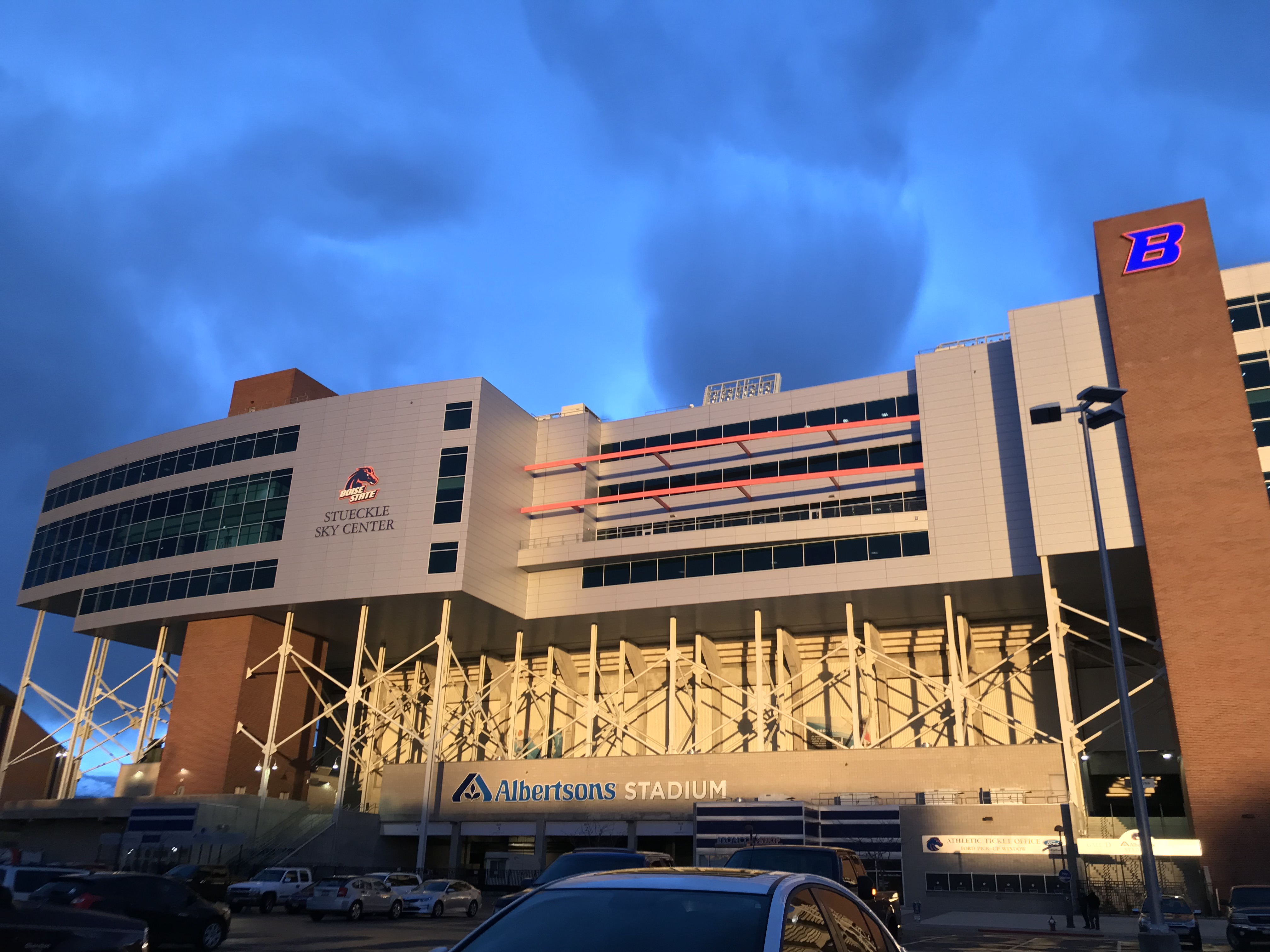
Albertsons Stadium at Boise State University stands as a literal standout in college football thanks to its striking blue turf—a feature that’s garnered it nationwide attention since 1986. Seating over 36,000, this compact venue leans into its mountainous environment, with glimpses of the Boise foothills peeking above the stands. The high desert climate—moderate summers and chilly winters—creates an atmosphere that can challenge visiting teams, not to mention the glare from that famous “Smurf Turf.” Over decades, this stadium has witnessed the Broncos evolve from a small program to a powerhouse that’s often in the national conversation. Fans arrive clad in blue and orange, fiercely proud of their team’s underdog-to-hero narrative. Upgrades like a modern press box, expanded seating, and improved training facilities reflect Boise State’s ambition. On game days, the roar of the crowd, set against that unmistakable field, cements Albertsons Stadium’s place as an iconic Rocky Mountain football destination.
6. Washington-Grizzly Stadium – Missoula, Montana
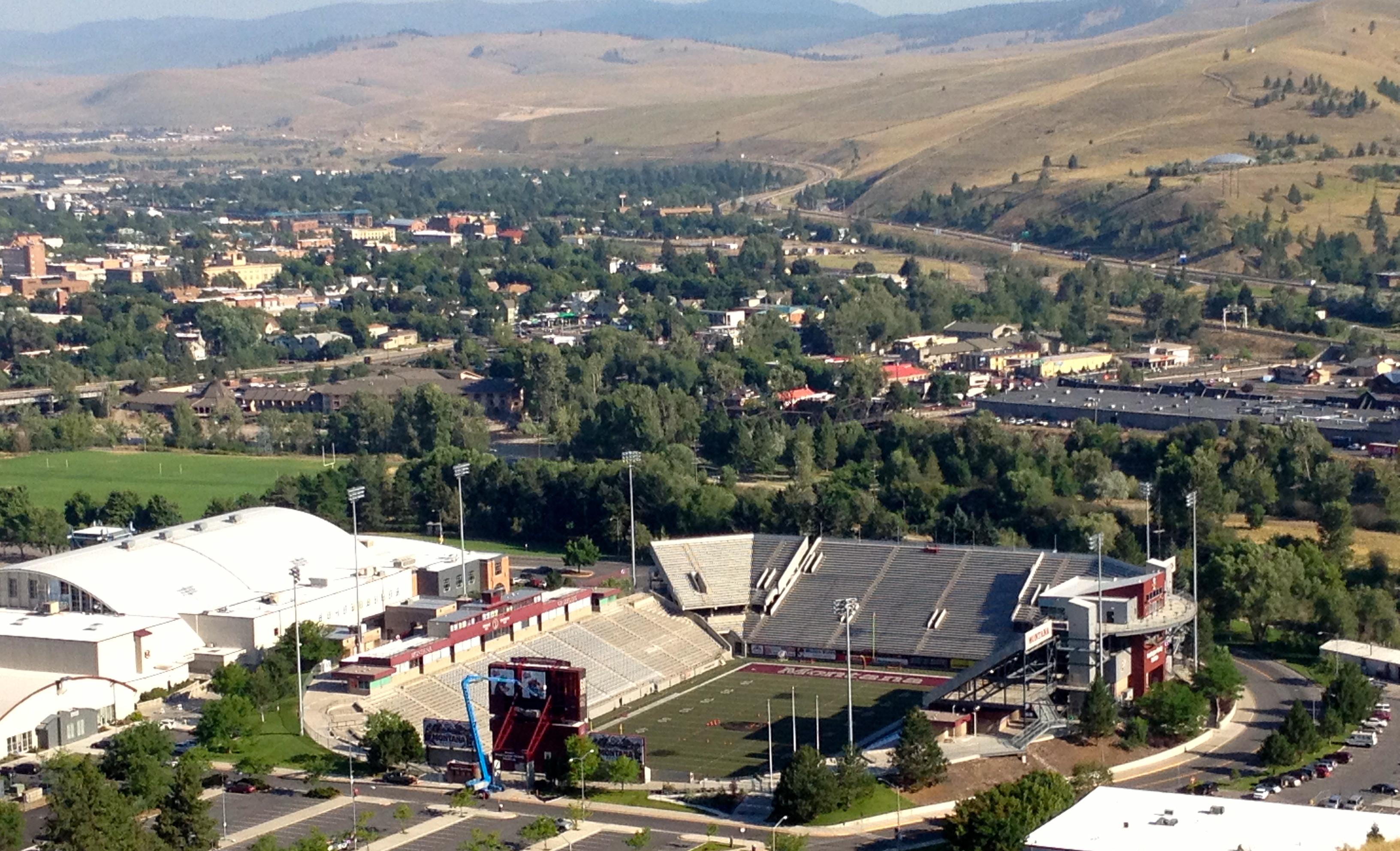
Washington-Grizzly Stadium in Missoula embodies the heart of Montana Grizzlies football. Though it seats just under 26,000, the passion of its fans more than compensates for the modest capacity. Perched amid rolling hills and the Clark Fork River, this stadium offers a cozy, scenic environment for Big Sky Conference showdowns. Since opening in 1986, expansions have added modern press facilities, updated seating, and luxurious suites, yet the venue retains its small-town charm. Game days transform Missoula into a sea of maroon, as tailgaters and alumni pack the campus and downtown spots. The majestic Rocky Mountain backdrop is often highlighted by crisp autumn weather—or even snow flurries in late-season contests. Known for hosting FCS playoffs, Washington-Grizzly has witnessed thrilling comebacks and storied rivalries. It’s a place where community pride, boisterous student support, and that signature mountainous panorama converge to create an electrifying game-day experience in Big Sky country.
7. Maverik Stadium – Logan, Utah
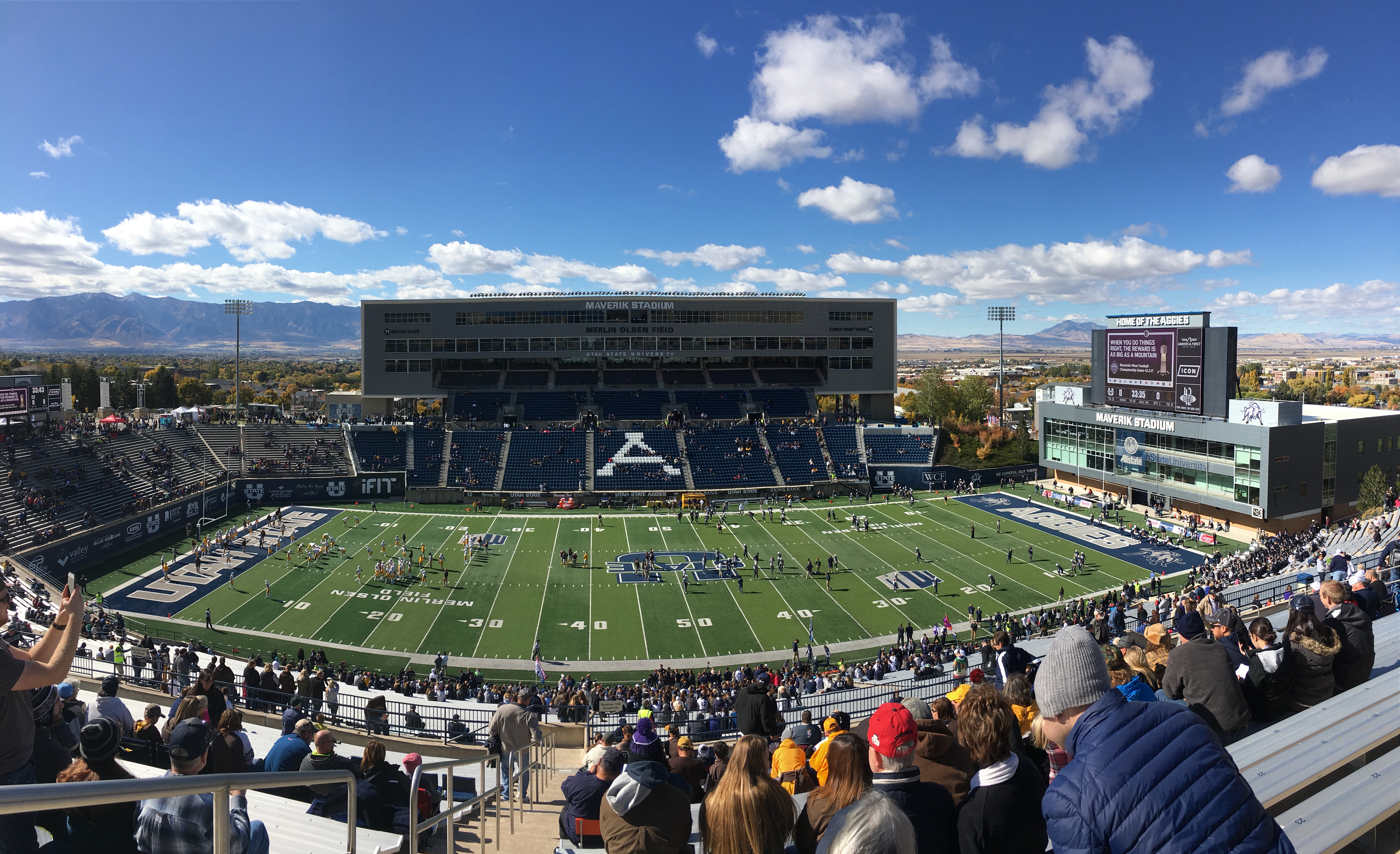
Maverik Stadium, nestled in the high-altitude setting of Logan, Utah, is Utah State University’s proud football stage. It accommodates just over 25,000 Aggie fans, each braving the often brisk temperatures that sweep through the Cache Valley. Originally built in 1968 and known as “Romney Stadium,” it was renamed in 2015 following extensive renovations. Today, the stadium features updated seats, expanded concourses, and modern scoreboards, offering a comfortable yet energetic environment for fans. High elevation and swirling canyon winds can add unpredictability to late-season games, forging a distinct home-field advantage. Surrounding peaks add a dramatic backdrop, especially when autumn leaves turn the ridges into a patchwork of reds, oranges, and golds. On Saturdays, the “HURD”—USU’s spirited student section—rallies the crowd into a frenzy of chants and cheers. More than a sports arena, Maverik Stadium stands as a testament to the Aggies’ resilience, unity, and love of football amid the Rockies’ splendor.
8. Bobcat Stadium – Bozeman, Montana
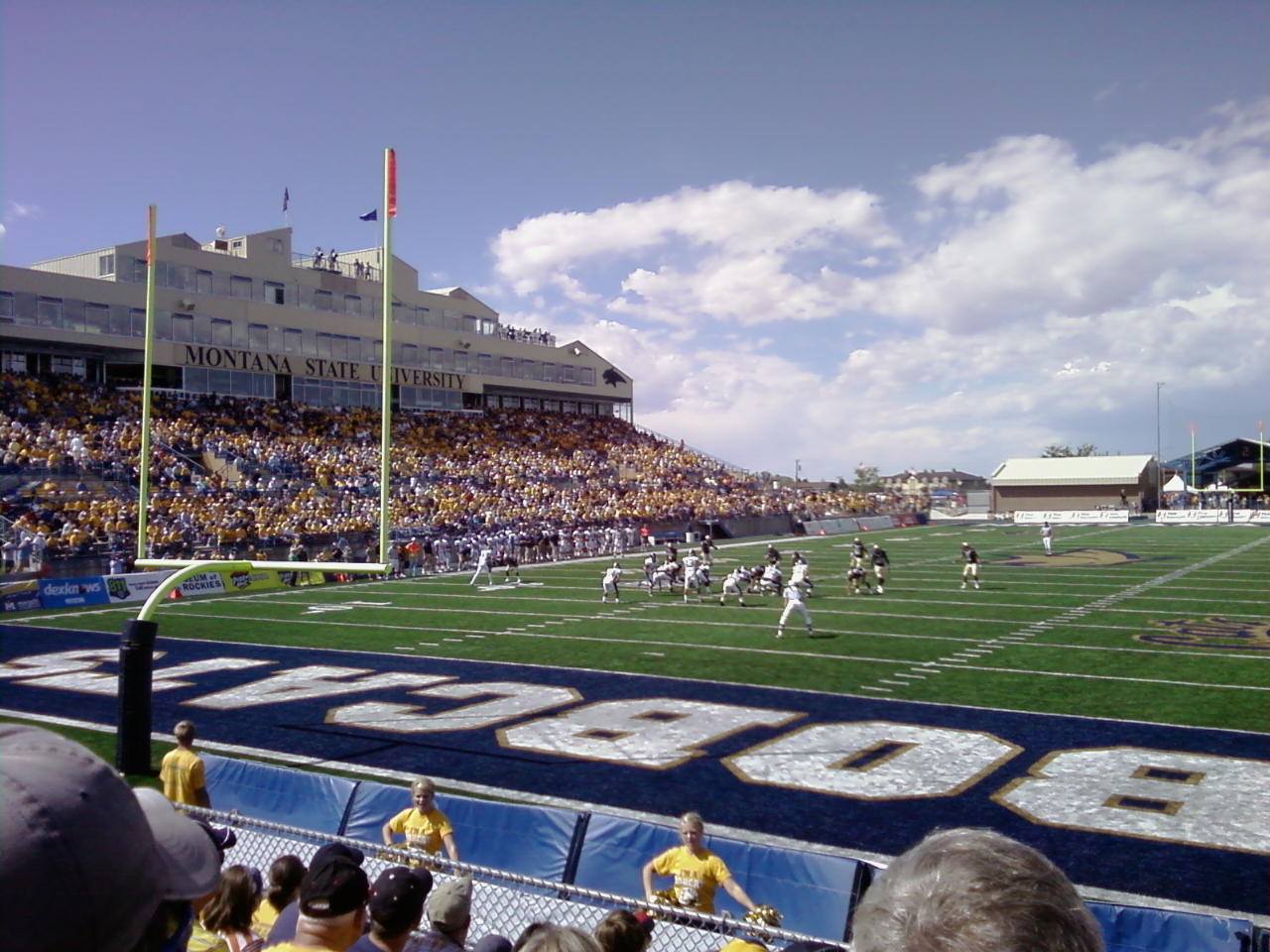
Bobcat Stadium, located at Montana State University in Bozeman, draws fans into a high-plains drama where football meets alpine vistas. With seating just above 20,000, it fosters an intimate yet electric atmosphere—particularly for bitter Big Sky rivalries. Since its construction in 1973, Bobcat Stadium has experienced expansions and upgrades, including improved seating, a modern scoreboard, and a sleek end zone complex. Towering over the horizon are the Bridger Mountains, often dusted with early snow, offering a scenic backdrop that draws immediate attention on crisp fall afternoons. The student section—rowdy and proud—helps define the stadium’s character, spurring Bobcat players to rally under the “Blue and Gold” banner. Tailgates sprawl across campus lots, brimming with hot chocolate and hearty Montana fare as temperatures dip. Coupled with the region’s rugged charm and MSU’s strong sporting tradition, Bobcat Stadium offers a Rocky Mountain football experience teeming with excitement and scenic wonder.
9. Canvas Stadium – Fort Collins, Colorado
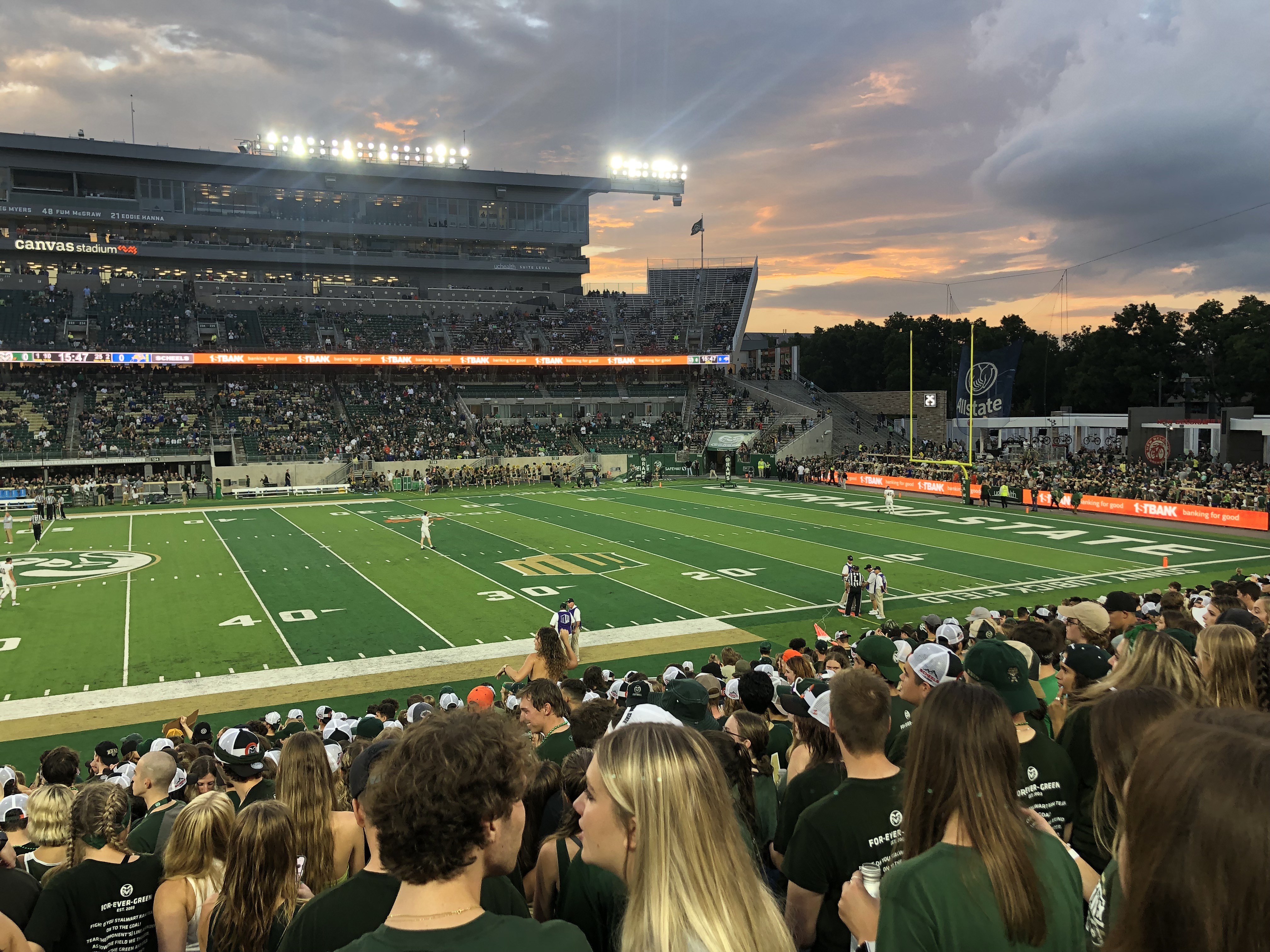
Canvas Stadium in Fort Collins serves as the modern home for Colorado State University football. Completed in 2017, it seats around 41,000 fans and represents a major step forward from the old Hughes Stadium located off-campus. Now nestled right in the heart of campus, Canvas Stadium fosters a vibrant, pedestrian-friendly game-day environment. The architecture strikes a contemporary balance, incorporating open concourses that showcase glimpses of the nearby Rocky foothills. Sustainability features—like efficient lighting and water-saving measures—highlight the university’s eco-conscious ethos. Ram fans, decked in green and gold, fill the stands to cheer on CSU, while tailgaters flood the adjacent fields and the newly developed commercial areas. Inside, a state-of-the-art videoboard and crisp acoustics elevate the spectator experience. Beyond football, Canvas Stadium hosts events that draw the entire community, a reflection of Fort Collins’ spirited collegiate culture. With its modern flair and scenic surroundings, the venue points to the future of Rocky Mountain stadium design.
10. Spence Eccles Coliseum – Cedar City, Utah
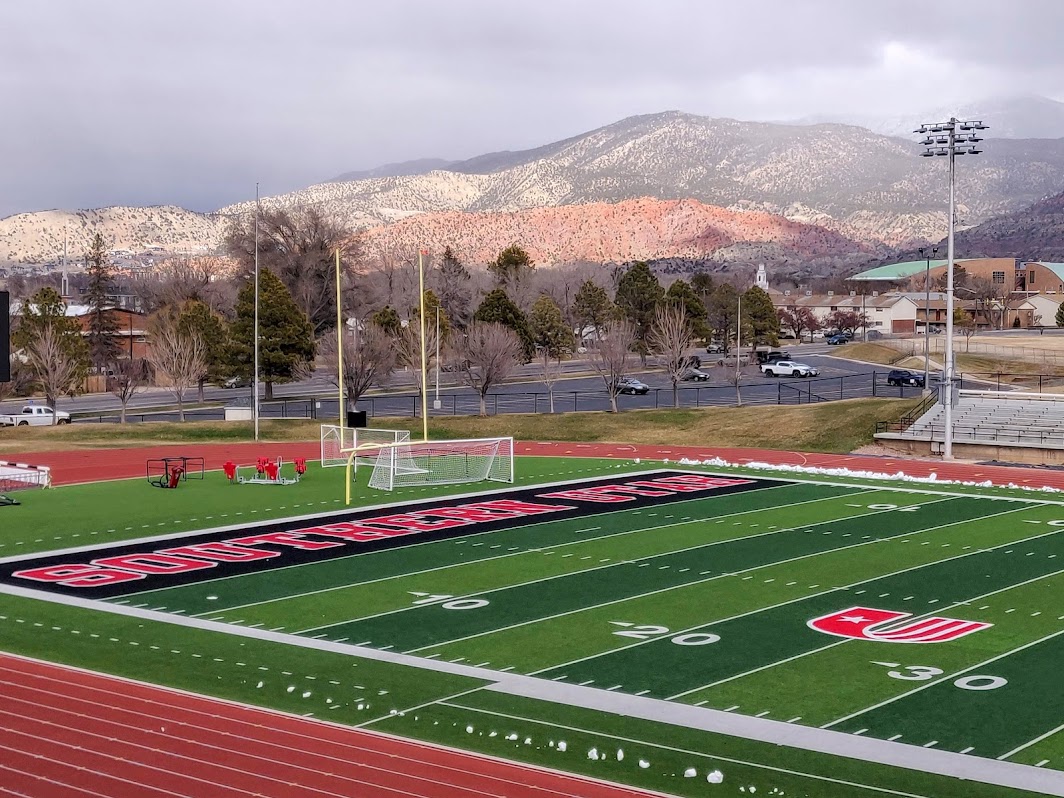
Spence Eccles Coliseum, perched in Cedar City on Southern Utah University’s campus, exemplifies small-town charm and high-desert beauty. Though it accommodates around 8,500 fans, the stadium delivers a punchy atmosphere for Big Sky matchups. The scenic red-rock ridges surrounding Cedar City often glow in the sunset, creating a dramatic setting for Saturday-night clashes. Built in 1967 and improved over time, the stadium features a turf field installed to handle both the scorching summer heat and occasionally frosty autumn nights. The T-Birds faithful fill the bleachers in red and black, boosting a team known for heart and hustle. Off the field, campus culture thrives with tailgate parties and family-friendly gatherings, lending a community-centric vibe. Visitors can’t help but notice the looming southwestern horizon, reminding them of Utah’s rugged desert-mountain fusion. Here, spirited fan support and the area’s natural grandeur converge, illustrating the unique allure of collegiate athletics in a Rocky Mountain borderland.
11. Falcon Stadium – Colorado Springs, Colorado
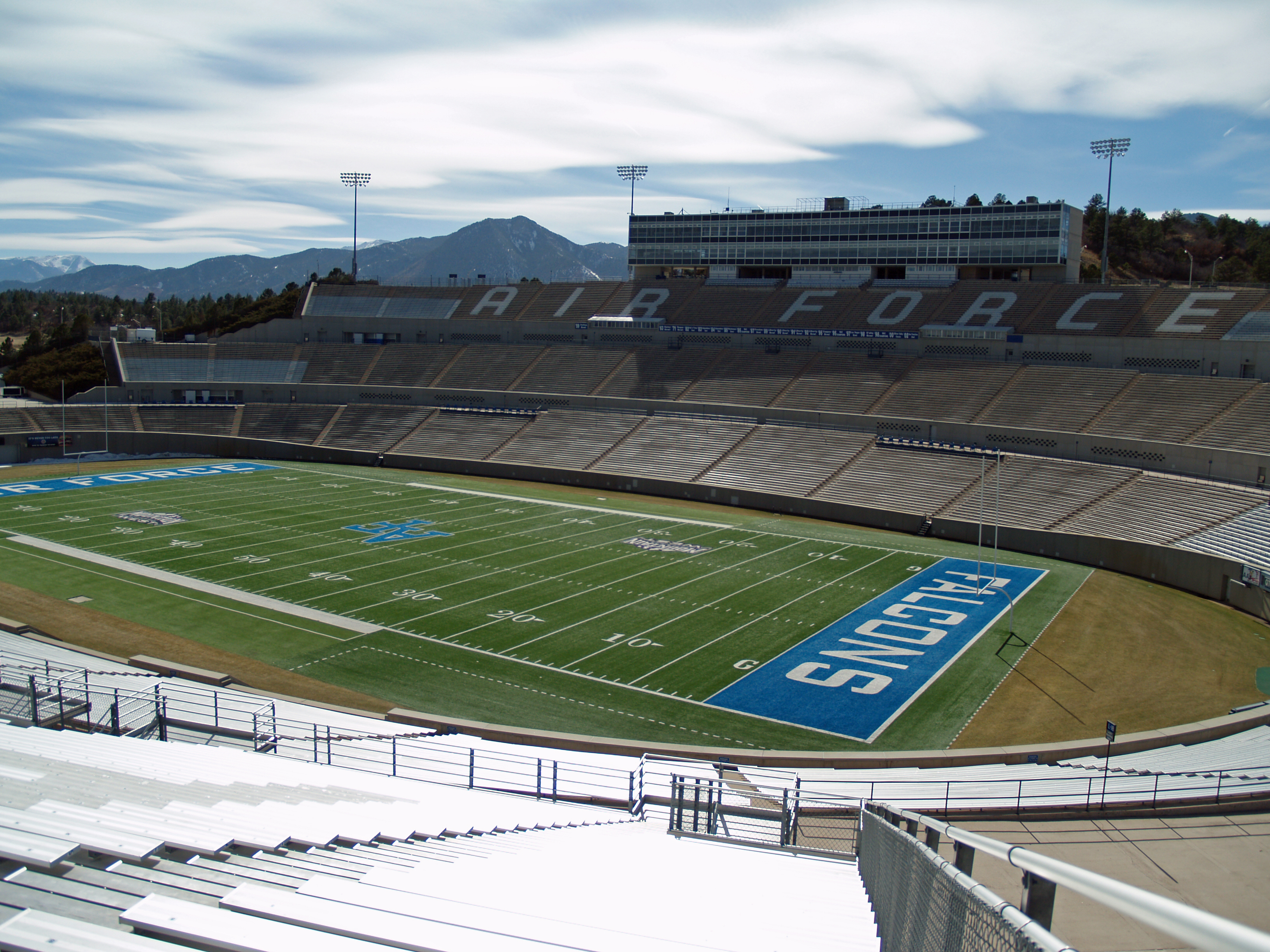
Falcon Stadium, nestled at the United States Air Force Academy near Colorado Springs, offers a truly unique twist on Rocky Mountain football. Built in 1962 at an elevation above 6,600 feet, it accommodates roughly 46,692 spectators—an intimate setting by FBS standards. The stadium’s open-bowl design perfectly frames the scenic ramparts of the Front Range, often dusted with snow for late-season games. Known for the Falcons’ triple-option offense and disciplined style of play, each contest exudes a military precision that resonates with the academy’s ethos. Before kickoff, cadets march onto the field, and the roar of fighter jets overhead underscores the Air Force theme. Spectators appreciate the crisp mountain air and panoramic vistas while cheering for the cadets on the gridiron. Falcon Stadium merges athletic spectacle with patriotic tradition, reminding visitors that the pursuit of victory here symbolizes something deeper: service, honor, and the unwavering spirit of the Air Force family.
12. Nottingham Field – Greeley, Colorado
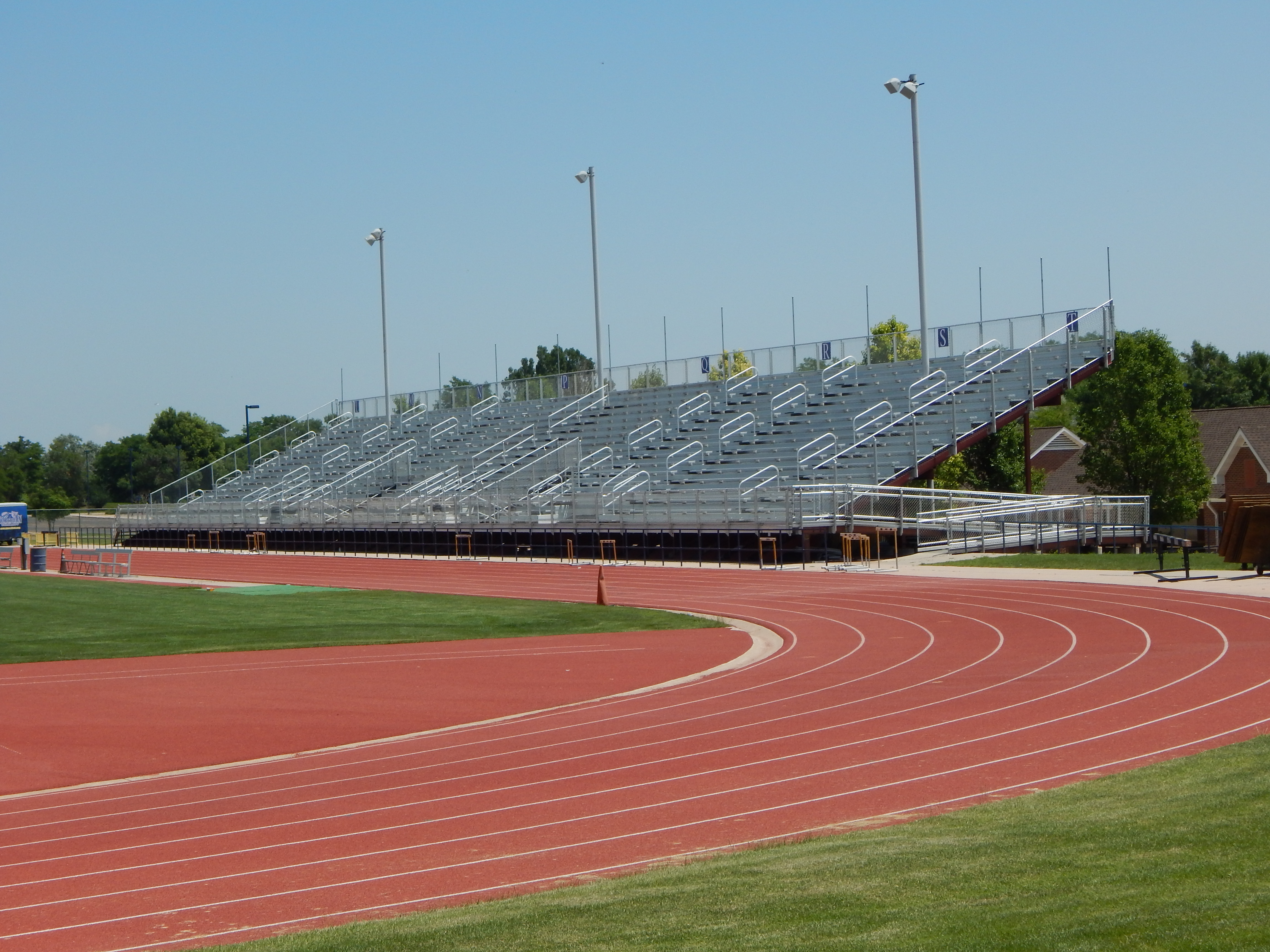
Nottingham Field in Greeley is home to the Northern Colorado Bears and anchors a spirited FCS football tradition. With seating around 8,533, it fosters a close-knit feeling where fans are within earshot of each on-field play call. Opened in 1995, the stadium stands near the rolling farmland of Colorado’s eastern plains, offering occasional glimpses of the distant Rocky silhouette. On game days, royal blue and gold fill the stands, while tailgaters gather around campus lots, indulging in hearty barbecue and a shared love for college sports. Despite a modest capacity, Nottingham Field features modern touches: updated turf, improved scoreboards, and accessible seating areas that enhance fan comfort. The stadium’s open layout also embraces the region’s sunshine, though late-season gusts can test kicking precision. Northern Colorado’s time-honored tradition of forging tough, hard-nosed teams resonates at Nottingham Field, a fitting testament to small-town resolve against a big-sky backdrop.
13. ThunderBowl – Pueblo, Colorado

Nicknamed the “ThunderBowl,” the Neta and Eddie DeRose ThunderBowl at Colorado State University Pueblo stands as a powerhouse venue in Division II football. Opened in 2008, it seats about 6,500 fans, offering an intimate yet energized setting that occasionally swells beyond capacity for major showdowns. Built on a gently sloping campus hillside, the ThunderBowl leverages Pueblo’s warm climate and the front-range vistas that shimmer in the distance. The stadium’s striking brick facade and curved seating draw visitors in, while a modern press box and spacious concourses ensure a comfortable experience. Known for the CSU Pueblo ThunderWolves’ success—including a national championship run—each game radiates a sense of community pride, with fans clad in red and blue cheering fervently. Tailgating traditions stretch along adjacent lots, fueling a festive atmosphere that lingers after the final whistle. This stadium may be small in comparison, but it’s giant in heart and ambition.
14. War Memorial Stadium – Laramie, Wyoming
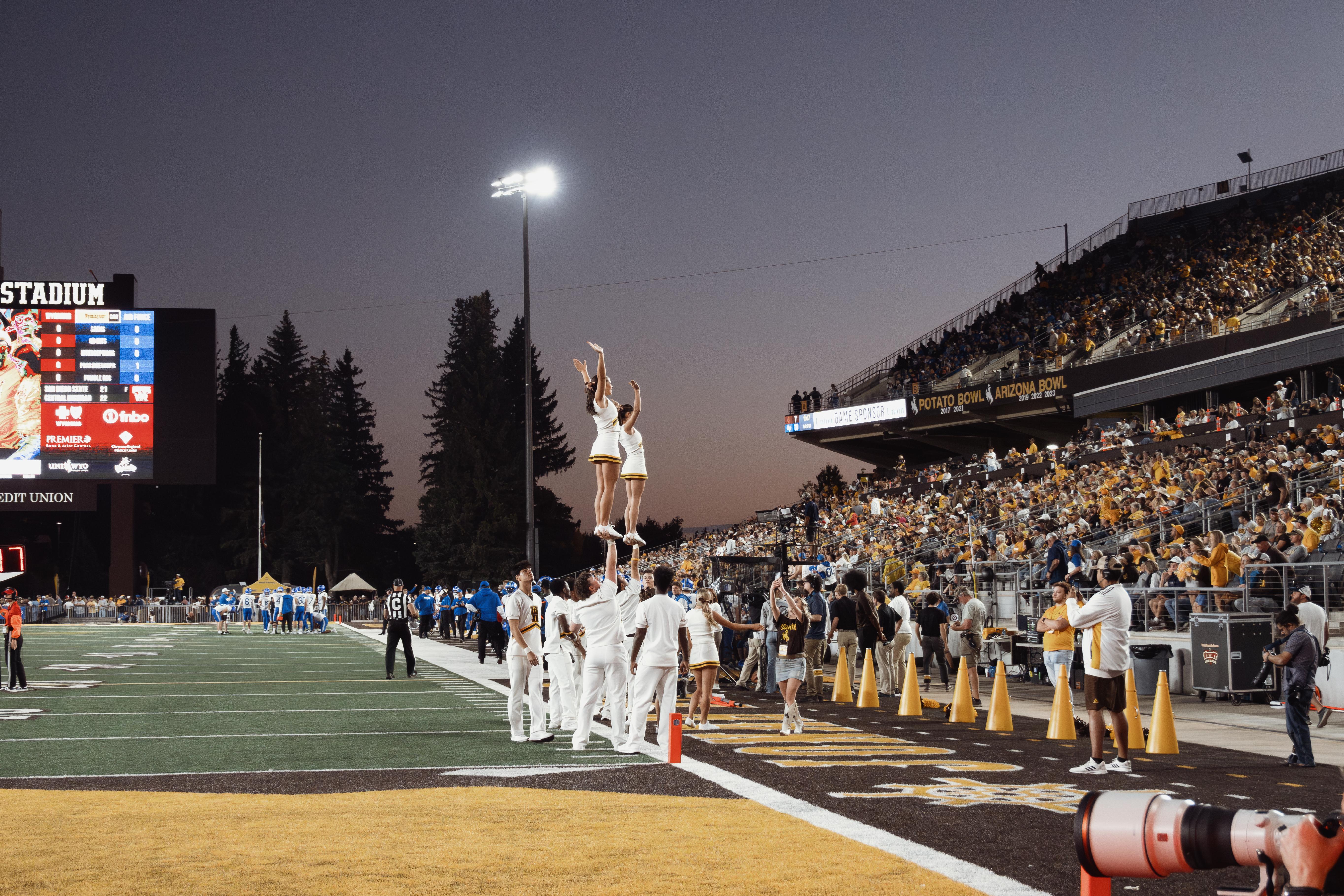
Perched at a breathtaking 7,220 feet, War Memorial Stadium isn't just home to the University of Wyoming Cowboys; it's the highest NCAA Division I FBS football field in the nation. "The War," as it's affectionately known, offers a stark, rugged beauty and a truly formidable high-altitude challenge for visiting teams battling both the Pokes and the often-swirling winds. The brown and gold faithful create a passionate, resilient atmosphere, embodying Wyoming’s frontier spirit. Game day here is a testament to toughness, with panoramic views reminding everyone of the vast, untamed landscape surrounding this iconic collegiate battleground.
15. Coors Field – Denver, Colorado
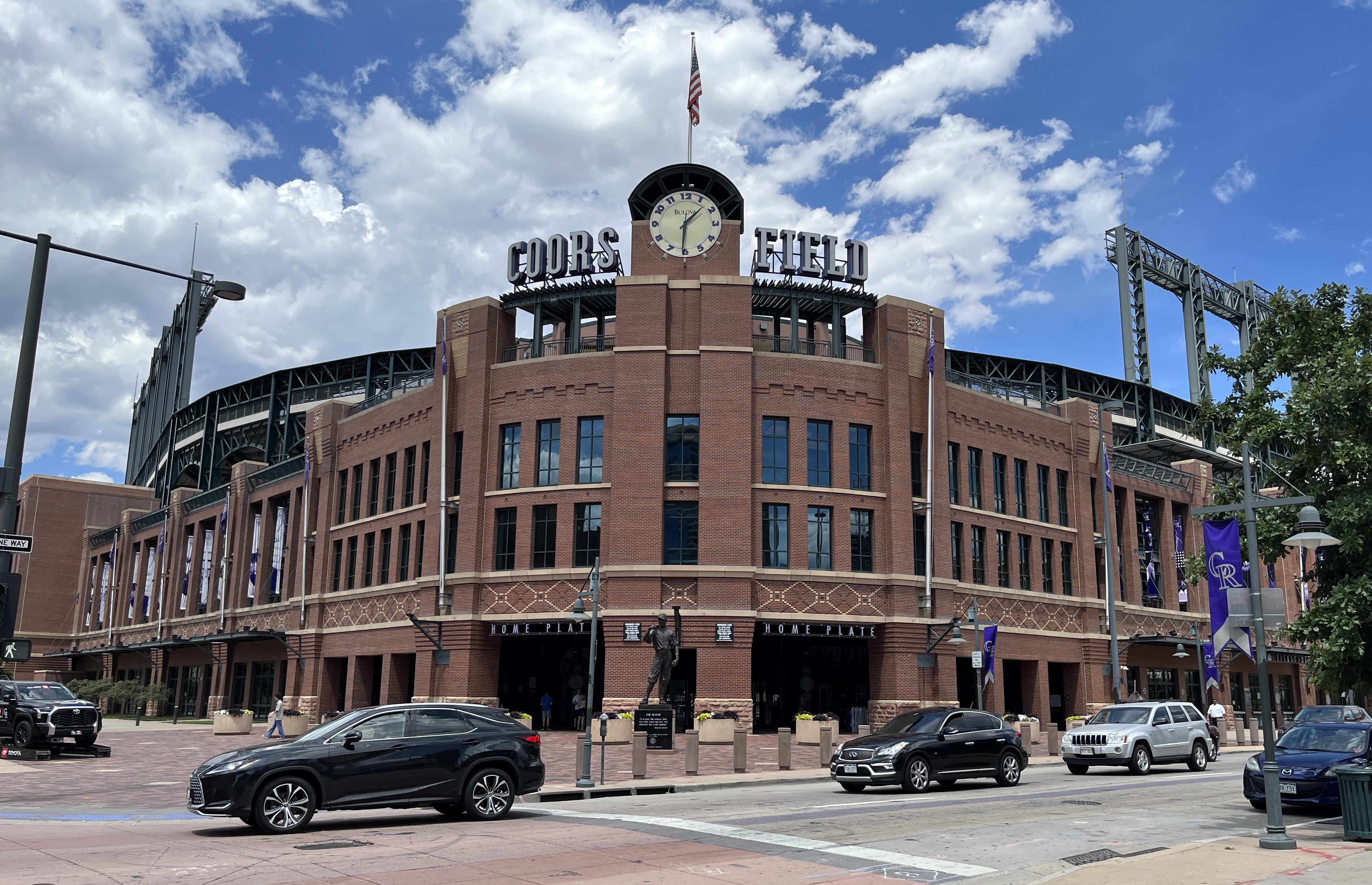
While Empower Field hosts football, Coors Field brings Major League Baseball to the Mile High City with spectacular Rocky Mountain flair. Home of the Colorado Rockies, this ballpark ingeniously incorporates Denver's historic LoDo brickwork with modern amenities. The high altitude famously makes baseballs soar, leading to exciting, high-scoring games. Beyond the on-field action, the upper decks offer some of the most stunning panoramic views of the Front Range found in any professional sports venue, especially as the sun dips behind the peaks, painting the sky in vibrant hues.
16. America First Field – Sandy, Utah
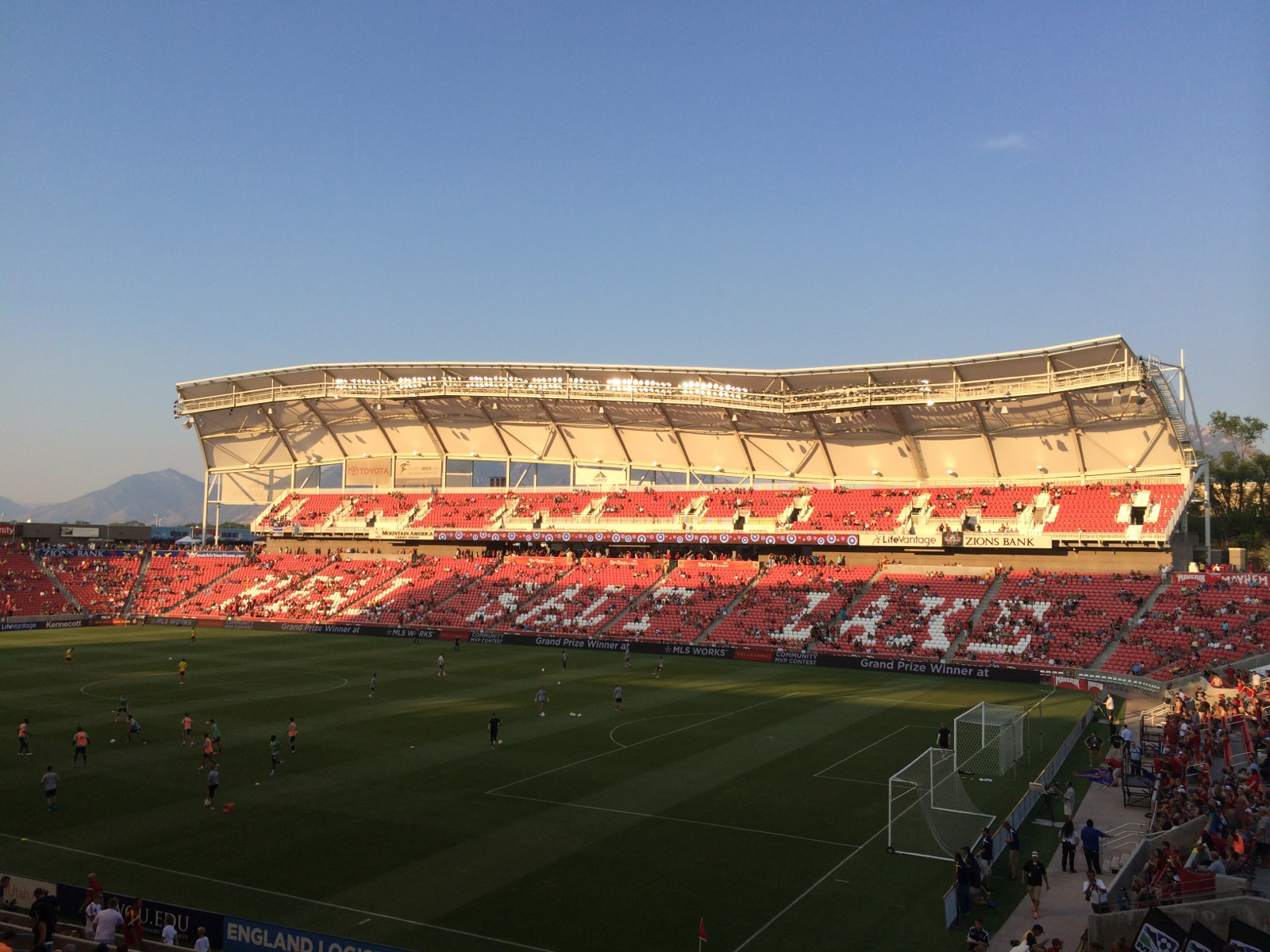
Nestled at the base of the majestic Wasatch Mountains, America First Field offers arguably one of the most breathtaking backdrops in professional soccer. Home to Real Salt Lake of MLS, the stadium's design ensures that the towering, often snow-capped peaks are an unmissable part of the match-day experience. The passionate supporters in "the RioT" create an electric atmosphere, amplified by the crisp mountain air and the stunning natural amphitheater feel. It’s a venue where world-class soccer meets world-class scenery, epitomizing the "peaks meet play" spirit.
17. University Stadium – Albuquerque, New Mexico
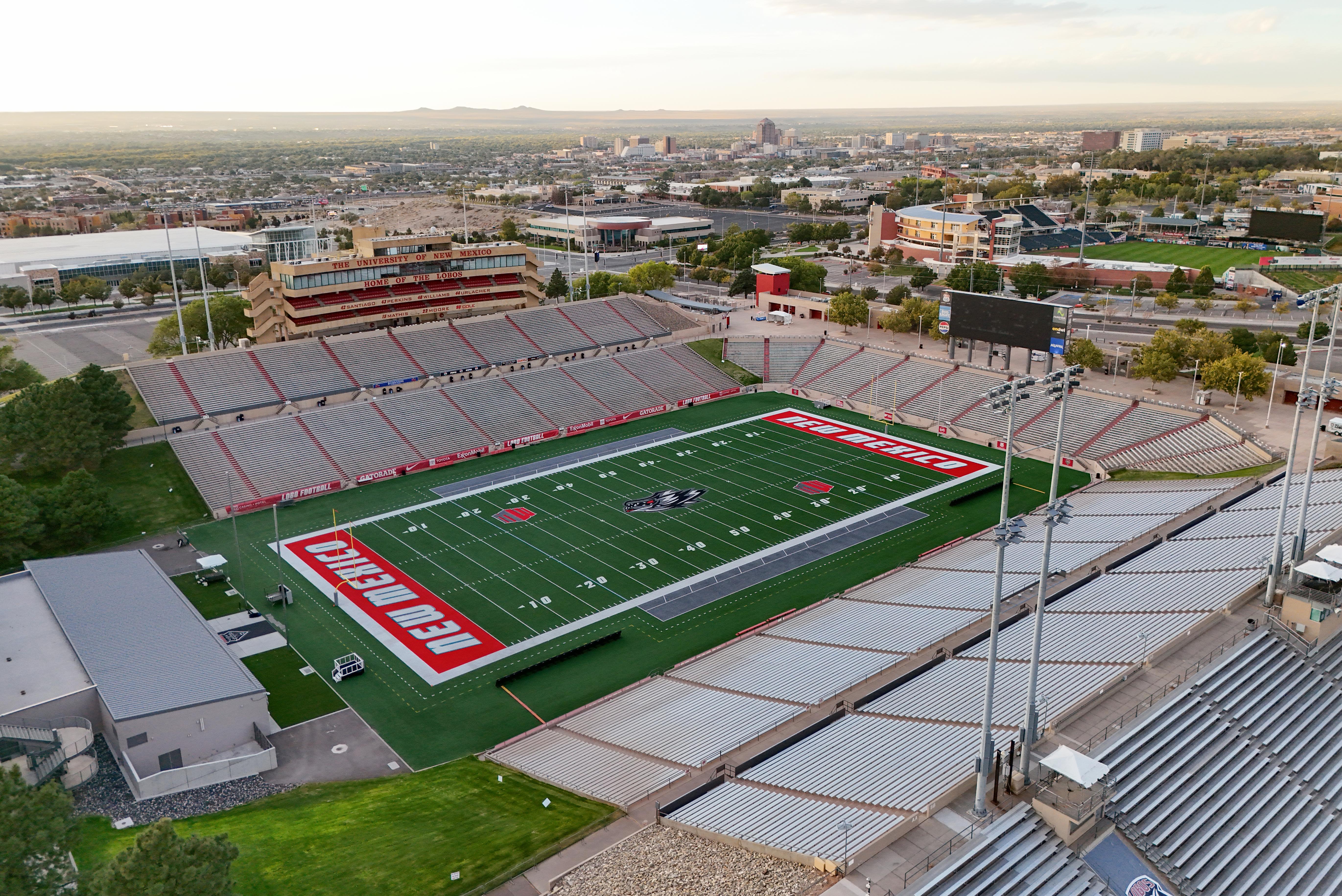
Home to the University of New Mexico Lobos, University Stadium in Albuquerque sits at over 5,100 feet, bringing high-altitude action to the picturesque Rio Grande Valley. The most defining visual feature is the commanding presence of the Sandia Mountains to the east, which glow with a watermelon hue at sunset – a phenomenon known as "alpenglow." This natural spectacle provides a stunning and uniquely New Mexican backdrop for college football. The passionate Lobo fanbase and the vibrant cultural setting of Albuquerque add to its distinct charm in the southern Rockies.
Where Peaks Meet Play
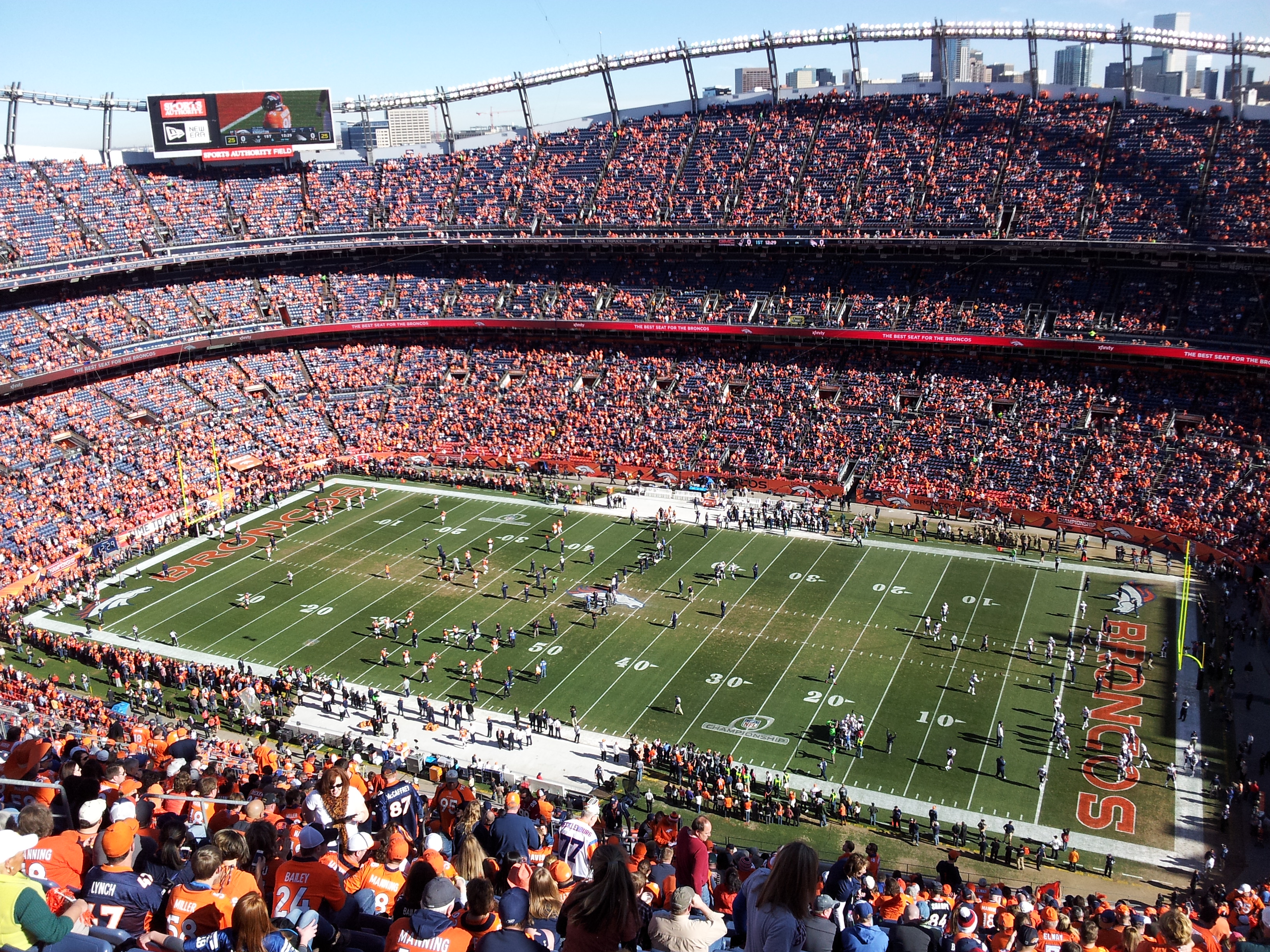
Filled with tales of rivalry, hometown pride, and the simple thrill of competition, these stadiums reflect the character of a region that embraces both grand ambition and reverence for the outdoors. By blending innovative design, eco-conscious features, and scenic panoramas, each stands as a testament to what’s possible when human creativity and the splendor of the Rockies meet. For any fan—or architectural enthusiast—these stadiums are must-see destinations, promising memories as enduring as the mountains themselves.






